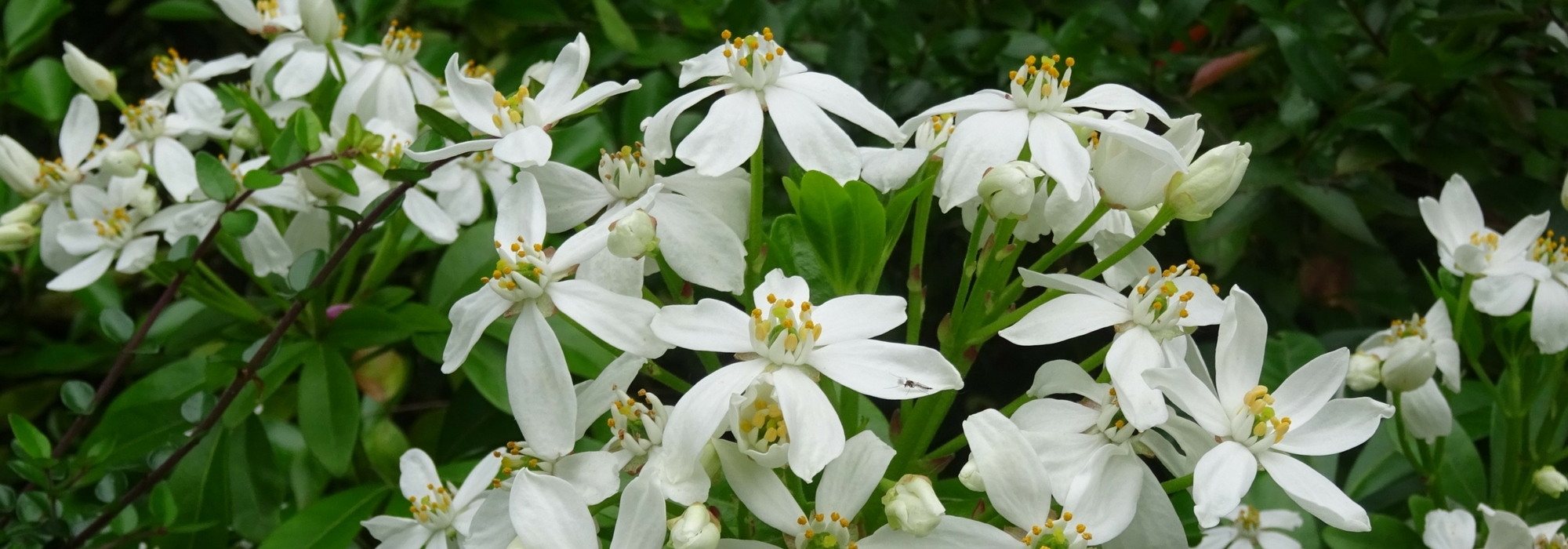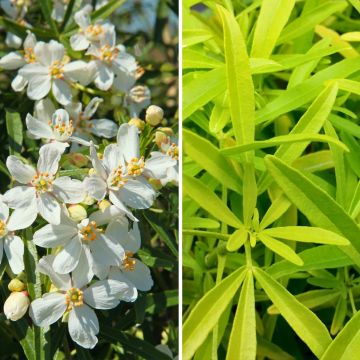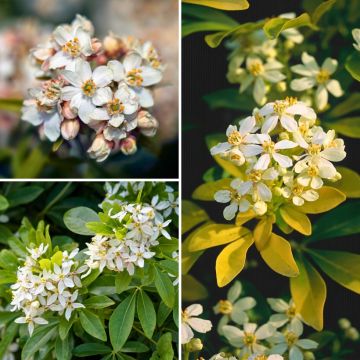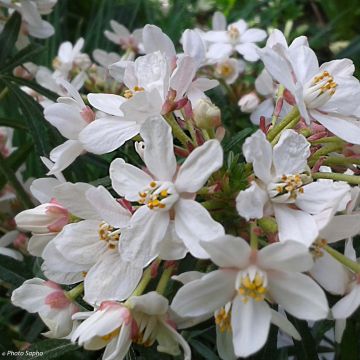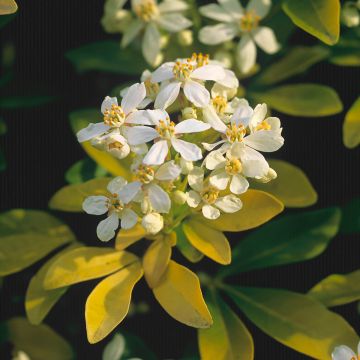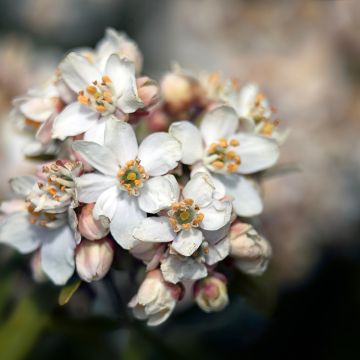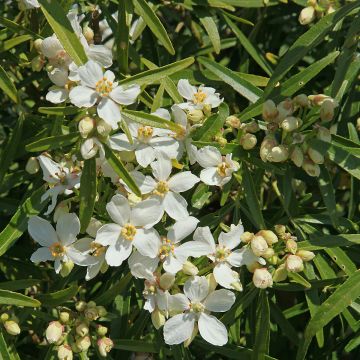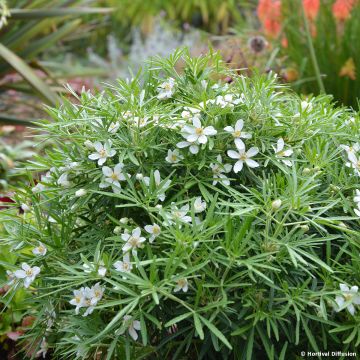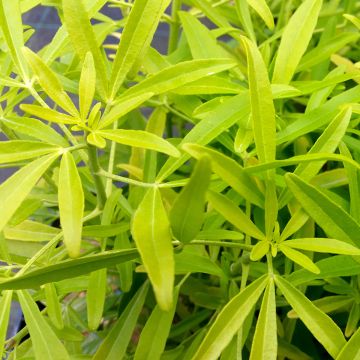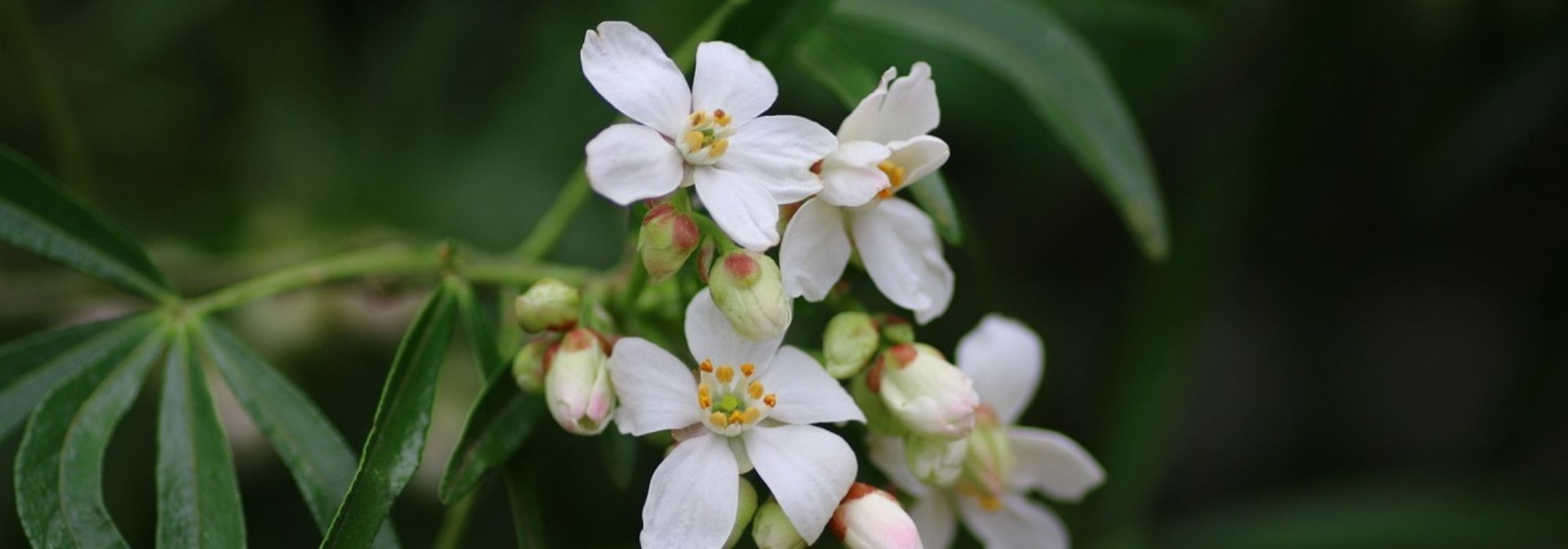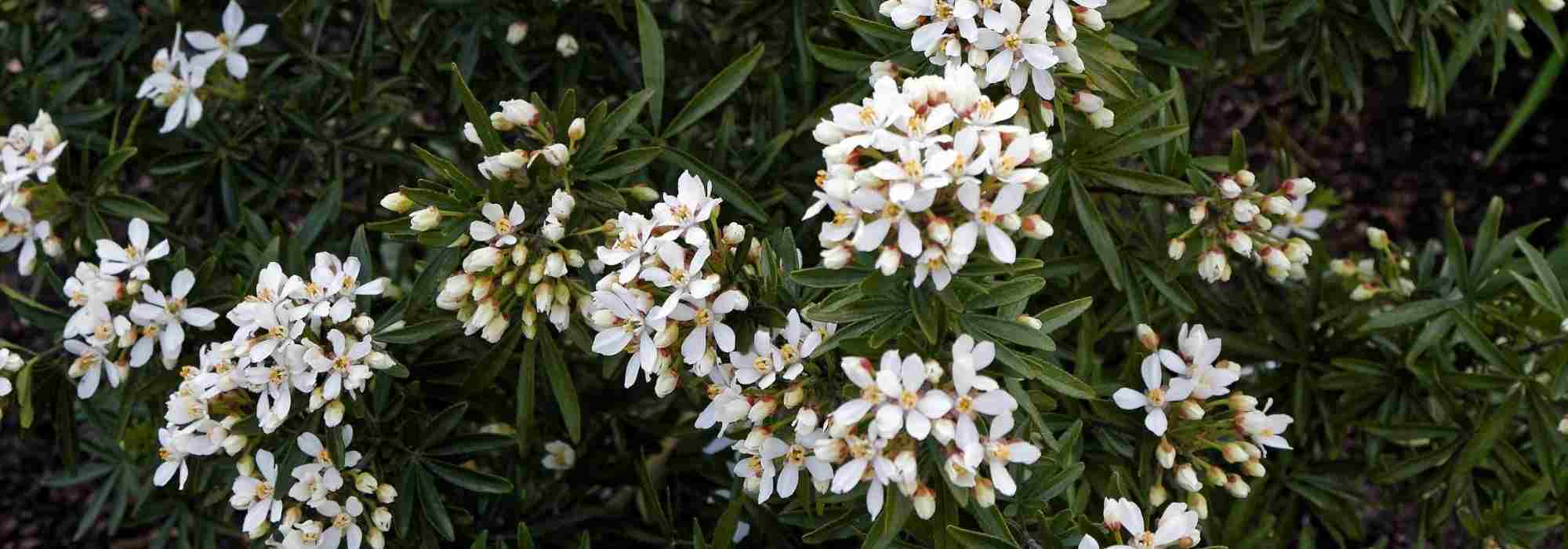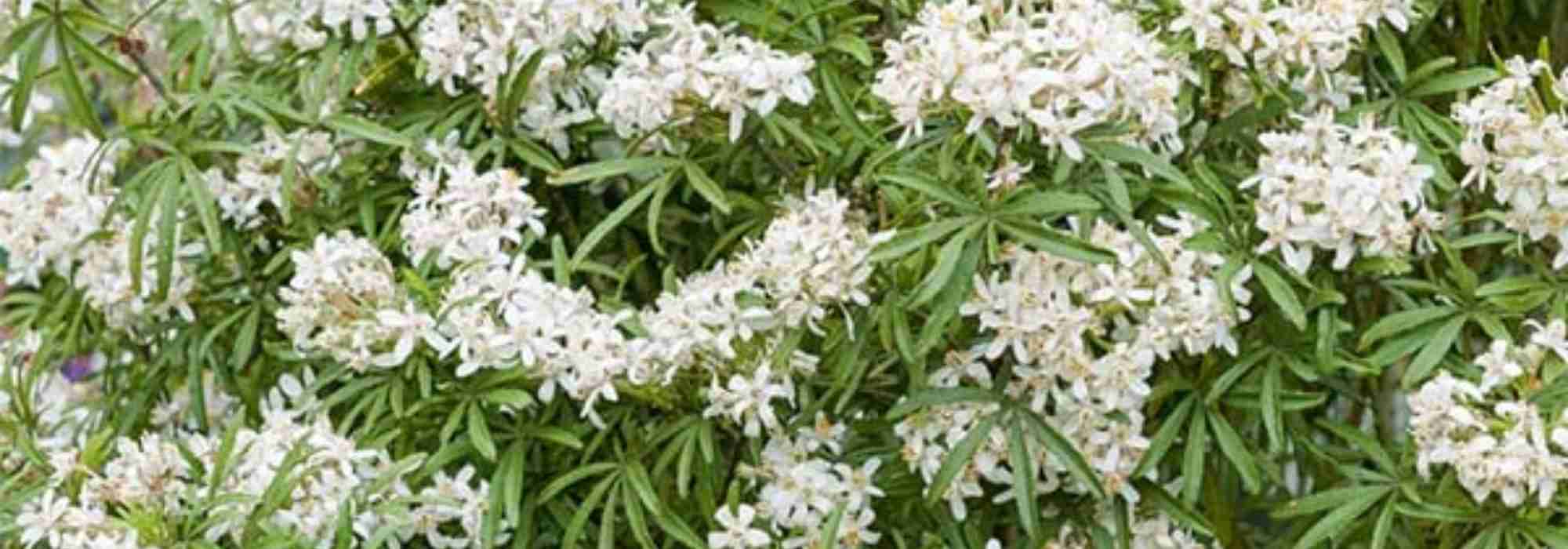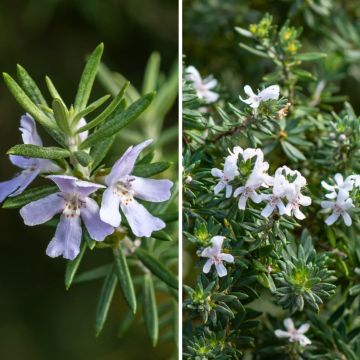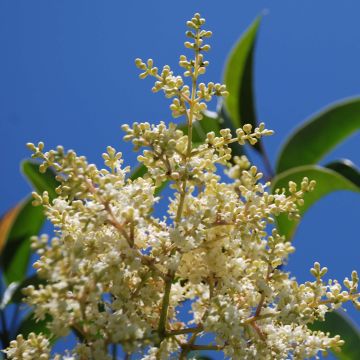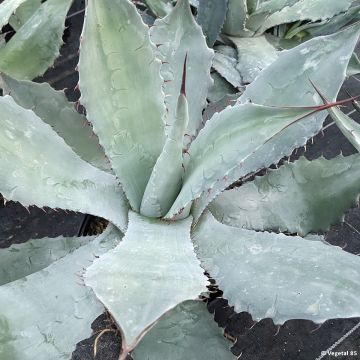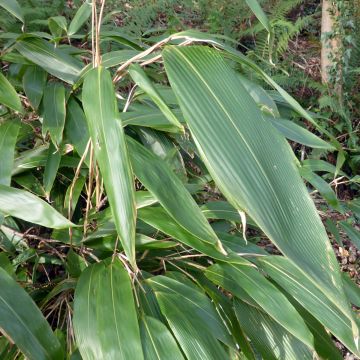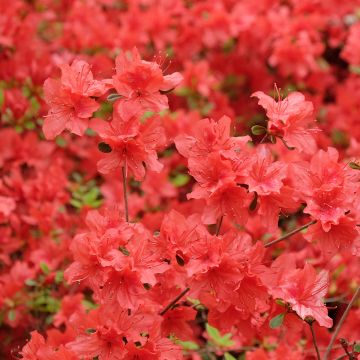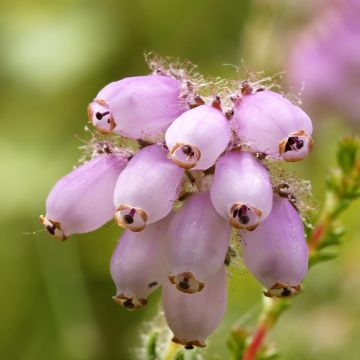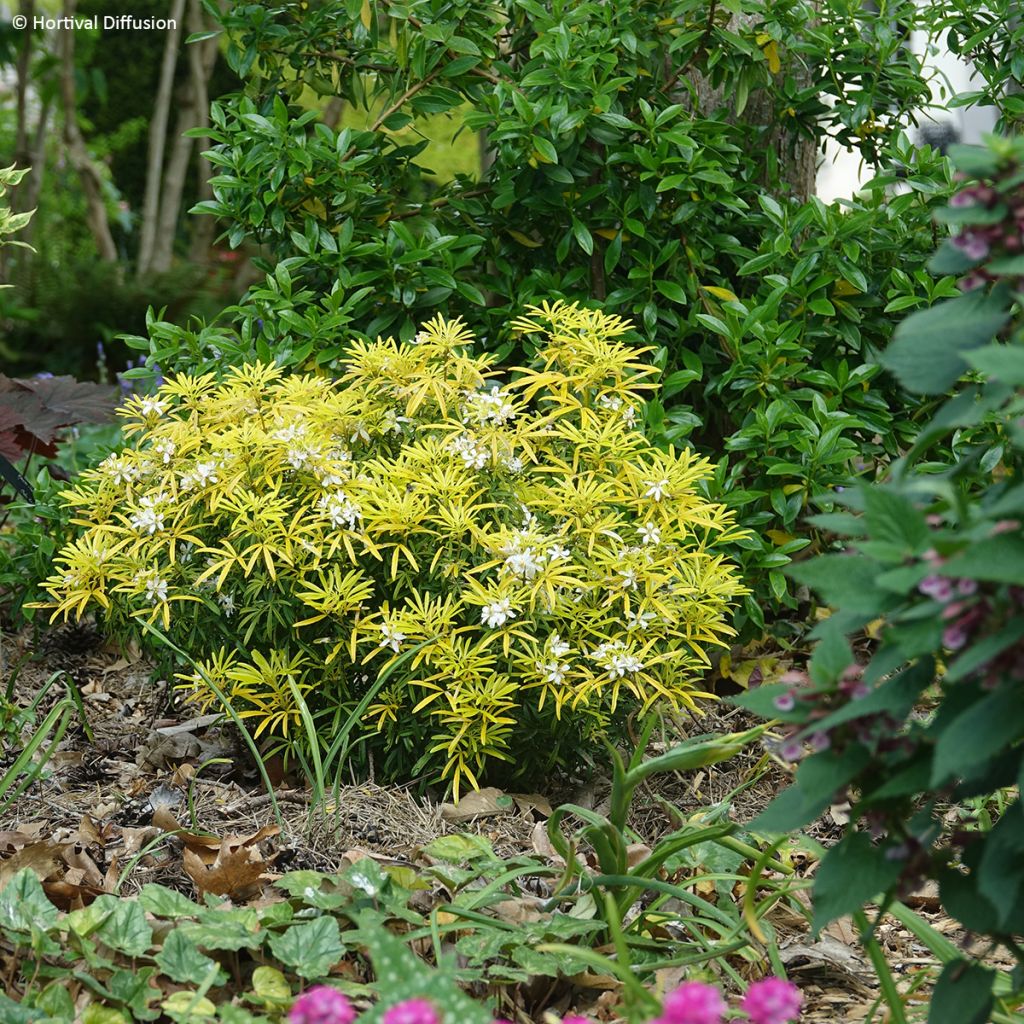

Choisya x dewitteana Little Honey Bee - Mexican Orange Blossom
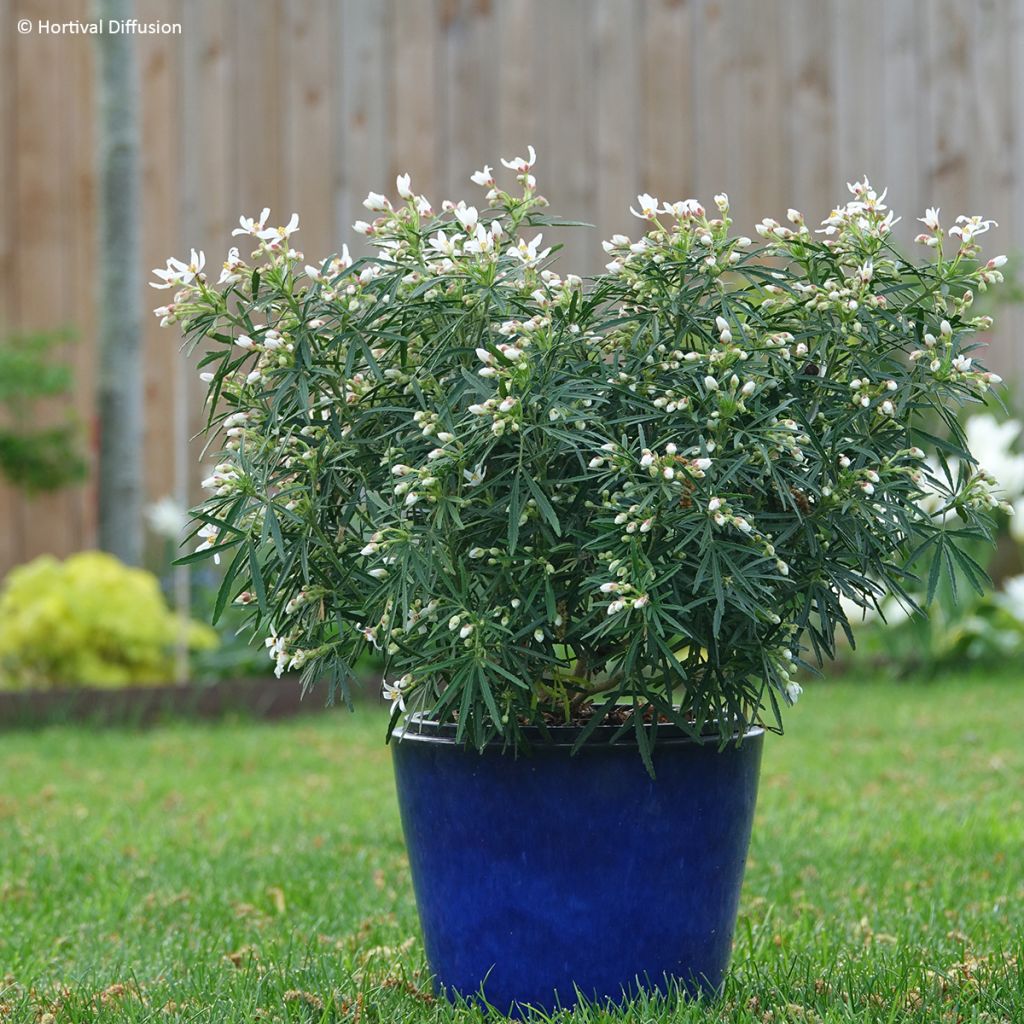

Choisya x dewitteana Little Honey Bee - Mexican Orange Blossom
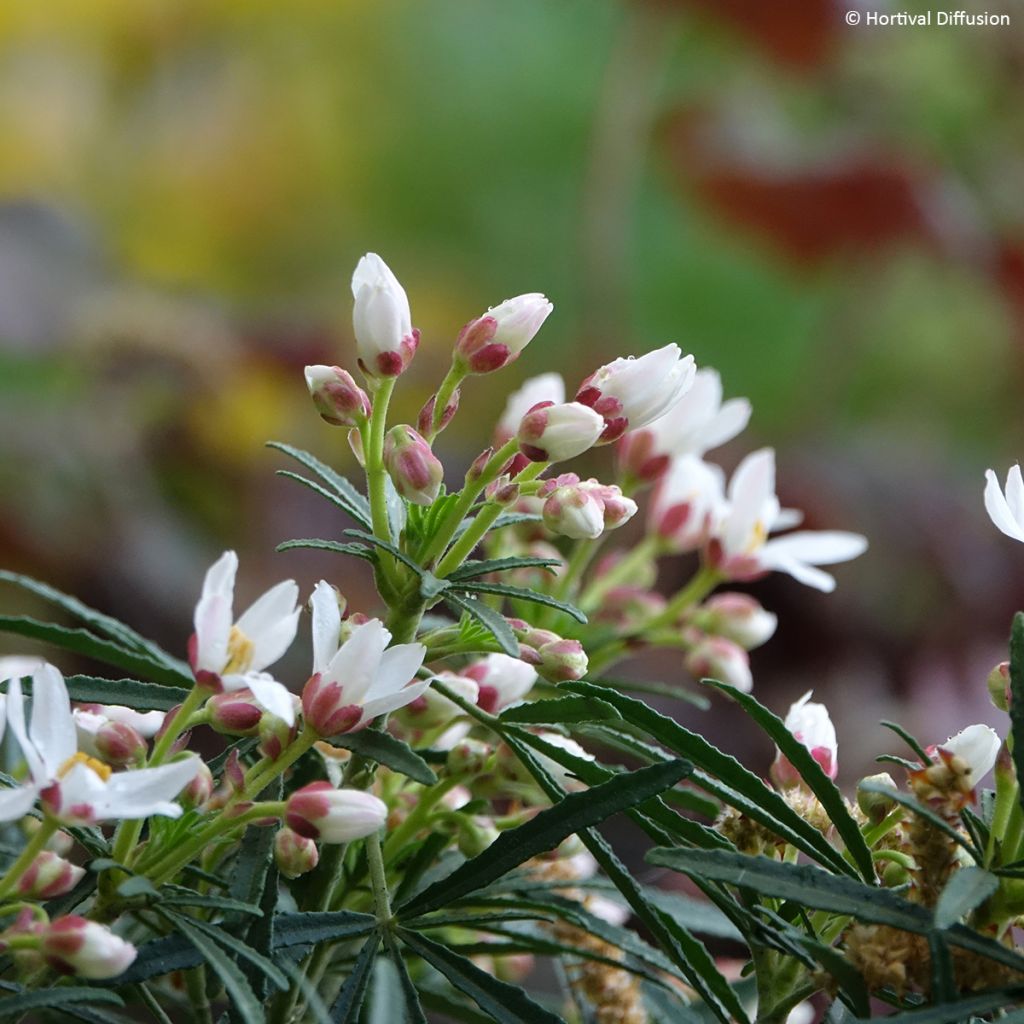

Choisya x dewitteana Little Honey Bee - Mexican Orange Blossom
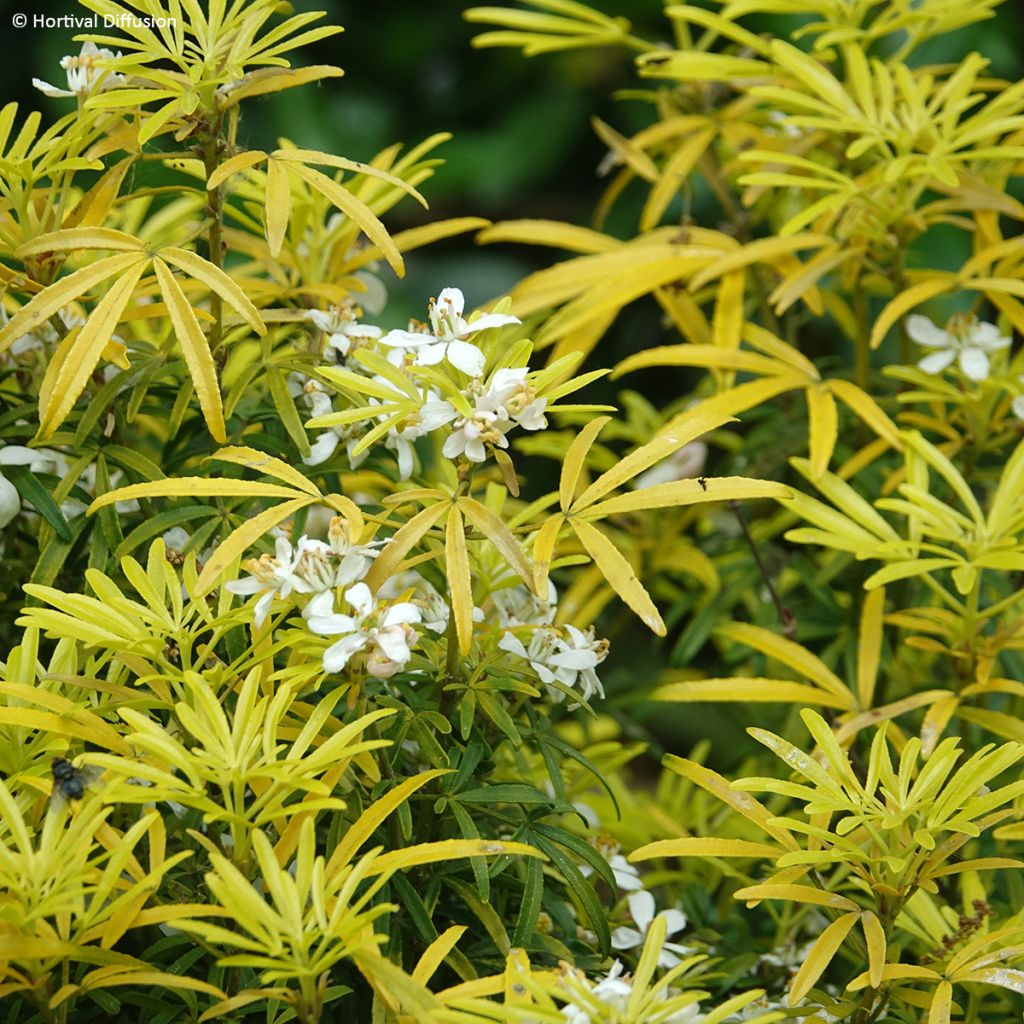

Choisya x dewitteana Little Honey Bee - Mexican Orange Blossom
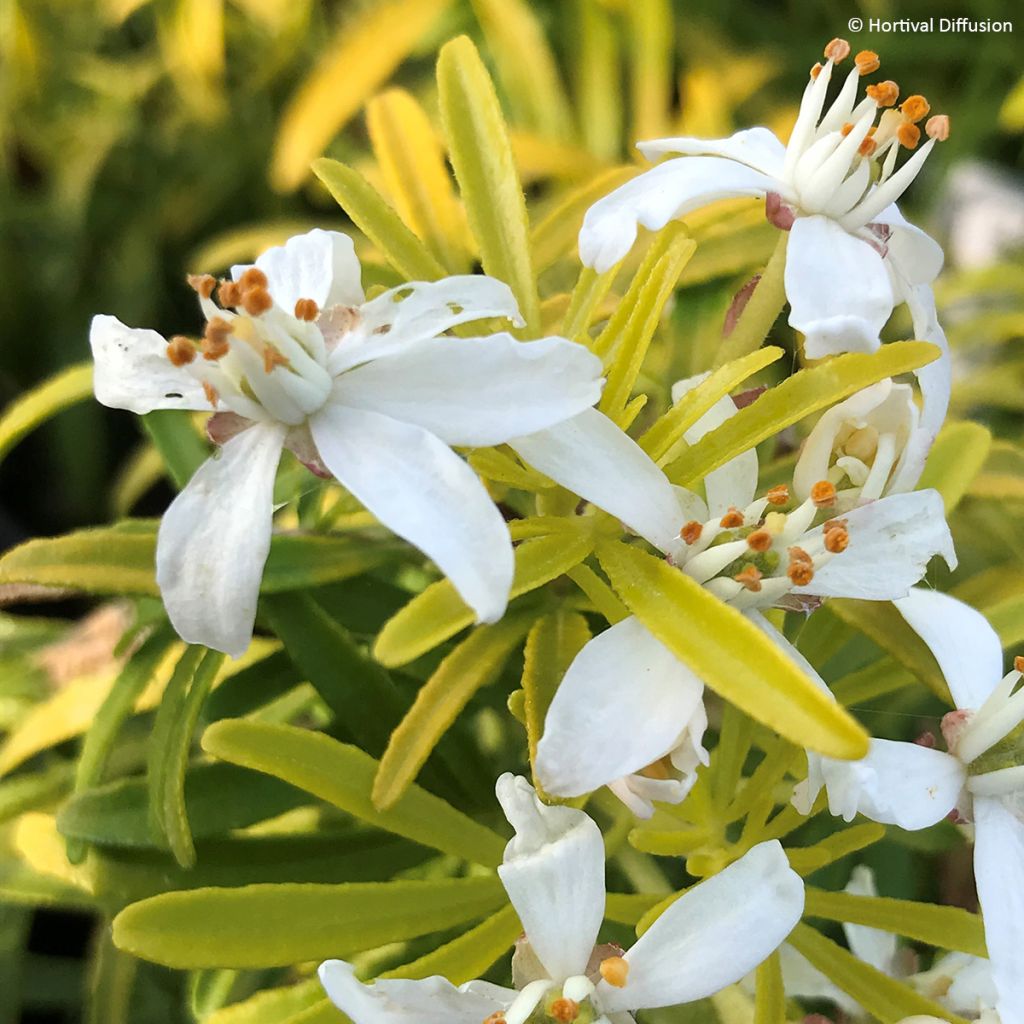

Choisya x dewitteana Little Honey Bee - Mexican Orange Blossom
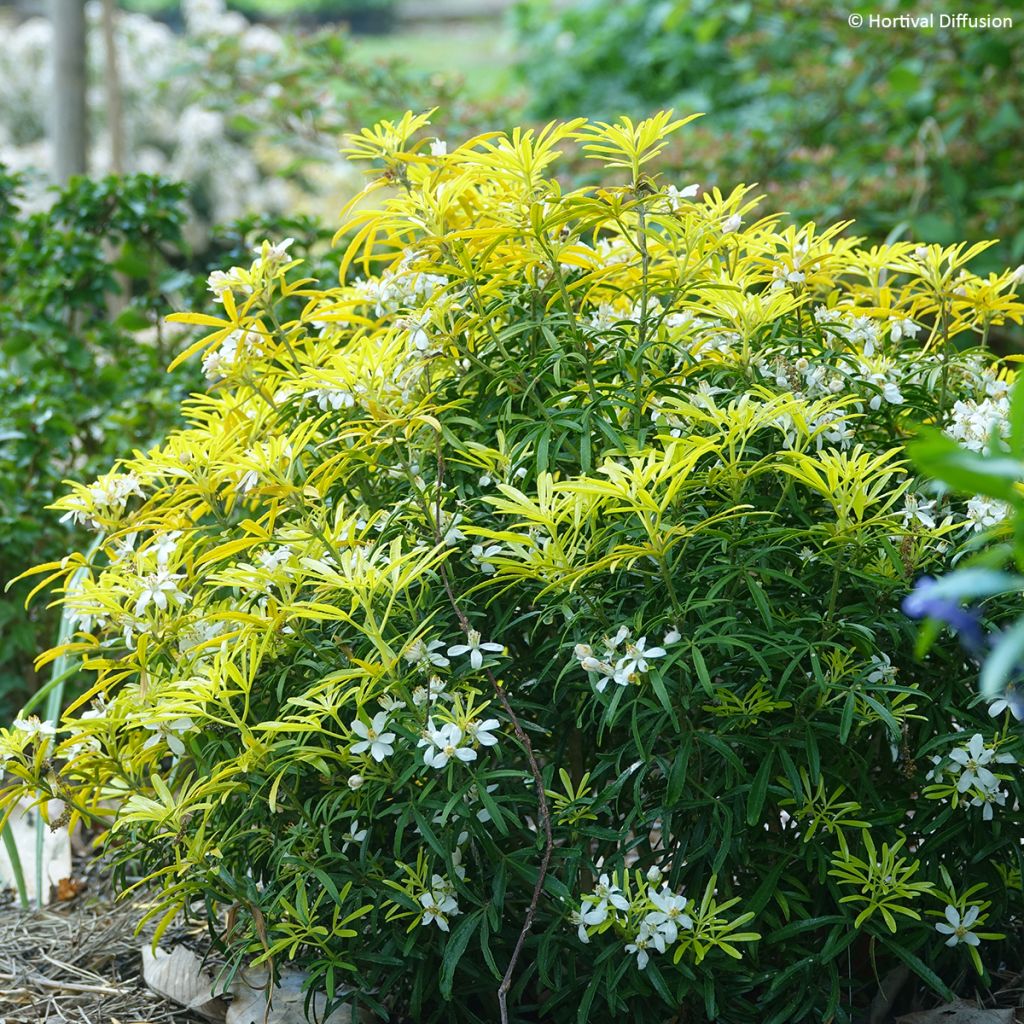

Choisya x dewitteana Little Honey Bee - Mexican Orange Blossom
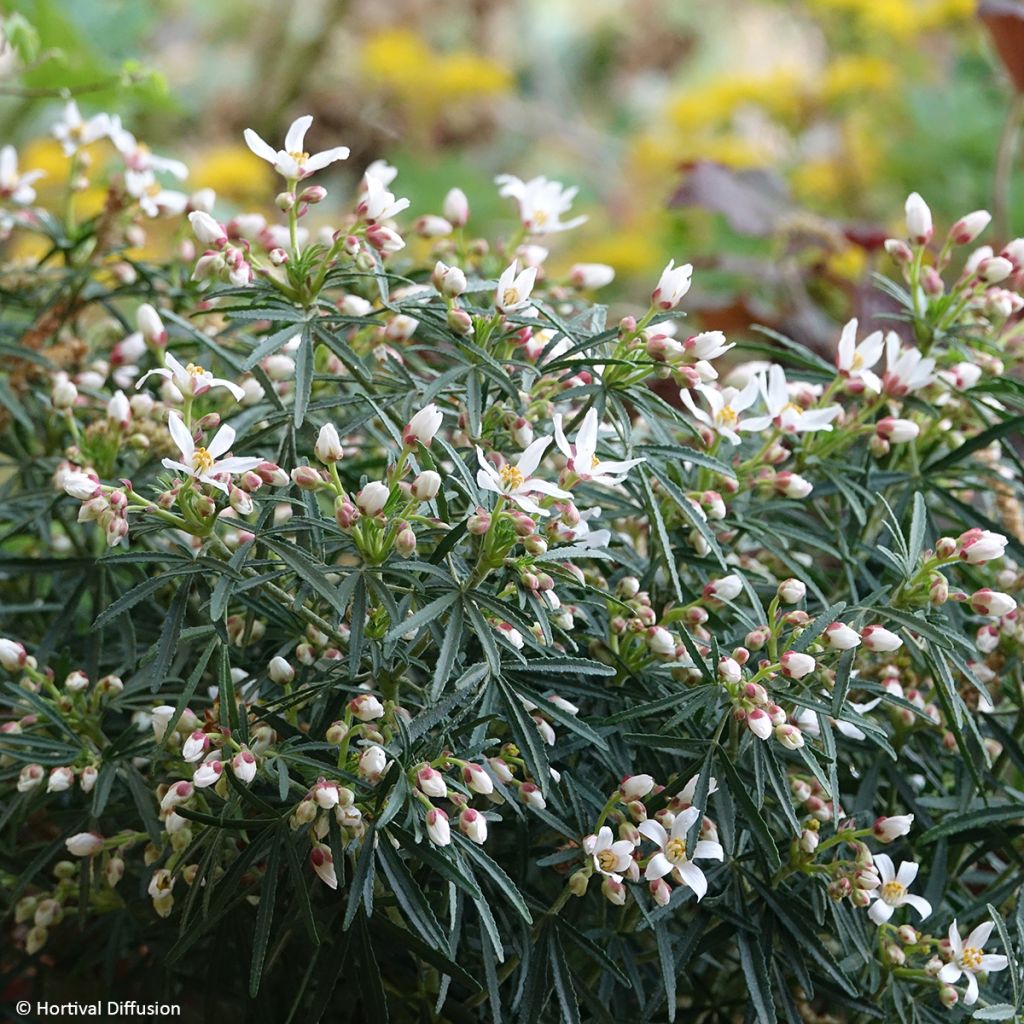

Choisya x dewitteana Little Honey Bee - Mexican Orange Blossom


Choisya x dewitteana Little Honey Bee - Mexican Orange Blossom
Choisya x dewitteana Little Honey Bee - Mexican Orange Blossom
Choisya x dewitteana Little Honey Bee
Mexican Orange Blossom
Special offer!
Receive a €20 voucher for any order over €90 (excluding delivery costs, credit notes, and plastic-free options)!
1- Add your favorite plants to your cart.
2- Once you have reached €90, confirm your order (you can even choose the delivery date!).
3- As soon as your order is shipped, you will receive an email containing your voucher code, valid for 3 months (90 days).
Your voucher is unique and can only be used once, for any order with a minimum value of €20, excluding delivery costs.
Can be combined with other current offers, non-divisible and non-refundable.
Home or relay delivery (depending on size and destination)
Schedule delivery date,
and select date in basket
This plant carries a 24 months recovery warranty
More information
We guarantee the quality of our plants for a full growing cycle, and will replace at our expense any plant that fails to recover under normal climatic and planting conditions.
Would this plant suit my garden?
Set up your Plantfit profile →
Description
Choisya Little Honey Bee is a golden variant of the dwarf Mexican Orange Blossom 'Little Bee'. Both do not exceed 50 to 60 cm in all directions at maturity and have very cut and aromatic foliage. 'Little Honey Bee' displays golden yellow foliage all year round. It is covered with flowers and pollinators twice a year: in April-May and sometimes also in September-October. Its flowering with pink buds opens in pure white, and it is delicately scented. Easy to grow in any well-drained soil, it is robust and drought-resistant. This variety also withstands wet conditions well.
Mexican Orange Blossom Little Honey Bee belongs to the Rutaceae family. It is a horticultural variety derived from the Choisya x dewitteana species obtained by Alan Postill at Hillier Nurseries. The shrub reaches an average of 50 to 60 cm in all directions. Its habit is rounded and very compact, it has opposite leaves, divided into 3 to 7 very narrow, bright golden yellow leaflets. When crushed, they release a fresh, citrussy and spicy scent, reminiscent of both orange leaf and green pepper. The first flowering takes place in April-May. This variety blooms again in September-October. At the end of the branches, clusters of slightly pinkish flower buds appear. They open into star-shaped flowers with 5 petals, 2 to 3 cm in diameter. The deliciously scented flowers are very visited by pollinating insects.
Choisya 'Little Honey Bee' adapts well in any light, not too chalky, well-drained soil, in a warm, sunny location protected from cold winds. When it is young and planted in non-optimal conditions, its hardiness can be dubious in northern regions. Otherwise, it is around -15°C at its lowest for an adult plant. Mexican Orange Blossom 'Little Honey Bee' can be grown in a container on a terrace, or in a border near a high-traffic area to enjoy its fragrance. It can also be integrated in the foreground of a mixed planting with shrubs and perennials, such as roses, Abelia, Astrantia. In a contemporary garden, purple-leaved Heucheras or small ornamental grasses with blue foliage make good companions with its golden colouration. It is an asset in a small exotic-inspired garden, with Daylilies for example, its appearance and fragrance are truly exotic.
Plant habit
Flowering
Foliage
Botanical data
Choisya
x dewitteana
Little Honey Bee
Rutaceae
Mexican Orange Blossom
Cultivar or hybrid
Other Choisya - Mexican Orange Blossom
View all →Planting and care
Mexican Orange Blossom or Choisya 'Little Honey Bee' is best planted in spring in light and well-drained soil. Resistant to -15°C at its lowest, choose a warm location, in full sun and sheltered from cold winds. Be careful with heavy or clayey soil, lighten your substrate if necessary with the addition of sand, as waterlogged soils in winter can affect the hardiness of this bush. In summer, water and mulch to keep the soil moist. On a terrace, plant it in a container at least 30 cm deep and maintain moisture in the substrate during summer. Plants grown in pots are more sensitive to cold, requiring regular watering during the growth period as well as fertiliser supplements.
Planting period
Intended location
Care
Planting & care advice
This item has not been reviewed yet - be the first to leave a review about it.
Similar products
Haven't found what you were looking for?
Hardiness is the lowest winter temperature a plant can endure without suffering serious damage or even dying. However, hardiness is affected by location (a sheltered area, such as a patio), protection (winter cover) and soil type (hardiness is improved by well-drained soil).

Photo Sharing Terms & Conditions
In order to encourage gardeners to interact and share their experiences, Promesse de fleurs offers various media enabling content to be uploaded onto its Site - in particular via the ‘Photo sharing’ module.
The User agrees to refrain from:
- Posting any content that is illegal, prejudicial, insulting, racist, inciteful to hatred, revisionist, contrary to public decency, that infringes on privacy or on the privacy rights of third parties, in particular the publicity rights of persons and goods, intellectual property rights, or the right to privacy.
- Submitting content on behalf of a third party;
- Impersonate the identity of a third party and/or publish any personal information about a third party;
In general, the User undertakes to refrain from any unethical behaviour.
All Content (in particular text, comments, files, images, photos, videos, creative works, etc.), which may be subject to property or intellectual property rights, image or other private rights, shall remain the property of the User, subject to the limited rights granted by the terms of the licence granted by Promesse de fleurs as stated below. Users are at liberty to publish or not to publish such Content on the Site, notably via the ‘Photo Sharing’ facility, and accept that this Content shall be made public and freely accessible, notably on the Internet.
Users further acknowledge, undertake to have ,and guarantee that they hold all necessary rights and permissions to publish such material on the Site, in particular with regard to the legislation in force pertaining to any privacy, property, intellectual property, image, or contractual rights, or rights of any other nature. By publishing such Content on the Site, Users acknowledge accepting full liability as publishers of the Content within the meaning of the law, and grant Promesse de fleurs, free of charge, an inclusive, worldwide licence for the said Content for the entire duration of its publication, including all reproduction, representation, up/downloading, displaying, performing, transmission, and storage rights.
Users also grant permission for their name to be linked to the Content and accept that this link may not always be made available.
By engaging in posting material, Users consent to their Content becoming automatically accessible on the Internet, in particular on other sites and/or blogs and/or web pages of the Promesse de fleurs site, including in particular social pages and the Promesse de fleurs catalogue.
Users may secure the removal of entrusted content free of charge by issuing a simple request via our contact form.
The flowering period indicated on our website applies to countries and regions located in USDA zone 8 (France, the United Kingdom, Ireland, the Netherlands, etc.)
It will vary according to where you live:
- In zones 9 to 10 (Italy, Spain, Greece, etc.), flowering will occur about 2 to 4 weeks earlier.
- In zones 6 to 7 (Germany, Poland, Slovenia, and lower mountainous regions), flowering will be delayed by 2 to 3 weeks.
- In zone 5 (Central Europe, Scandinavia), blooming will be delayed by 3 to 5 weeks.
In temperate climates, pruning of spring-flowering shrubs (forsythia, spireas, etc.) should be done just after flowering.
Pruning of summer-flowering shrubs (Indian Lilac, Perovskia, etc.) can be done in winter or spring.
In cold regions as well as with frost-sensitive plants, avoid pruning too early when severe frosts may still occur.
The planting period indicated on our website applies to countries and regions located in USDA zone 8 (France, United Kingdom, Ireland, Netherlands).
It will vary according to where you live:
- In Mediterranean zones (Marseille, Madrid, Milan, etc.), autumn and winter are the best planting periods.
- In continental zones (Strasbourg, Munich, Vienna, etc.), delay planting by 2 to 3 weeks in spring and bring it forward by 2 to 4 weeks in autumn.
- In mountainous regions (the Alps, Pyrenees, Carpathians, etc.), it is best to plant in late spring (May-June) or late summer (August-September).
The harvesting period indicated on our website applies to countries and regions in USDA zone 8 (France, England, Ireland, the Netherlands).
In colder areas (Scandinavia, Poland, Austria...) fruit and vegetable harvests are likely to be delayed by 3-4 weeks.
In warmer areas (Italy, Spain, Greece, etc.), harvesting will probably take place earlier, depending on weather conditions.
The sowing periods indicated on our website apply to countries and regions within USDA Zone 8 (France, UK, Ireland, Netherlands).
In colder areas (Scandinavia, Poland, Austria...), delay any outdoor sowing by 3-4 weeks, or sow under glass.
In warmer climes (Italy, Spain, Greece, etc.), bring outdoor sowing forward by a few weeks.






























